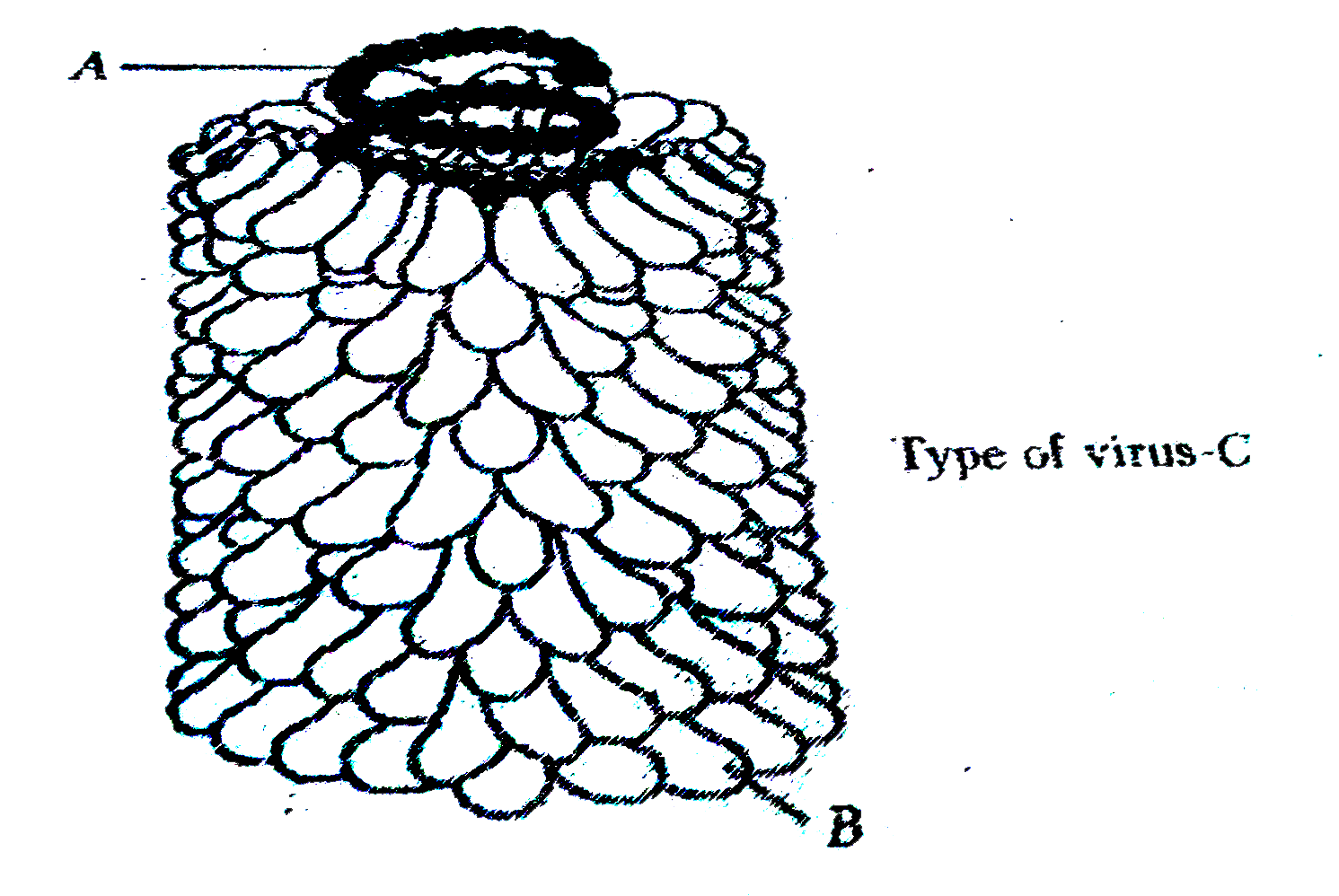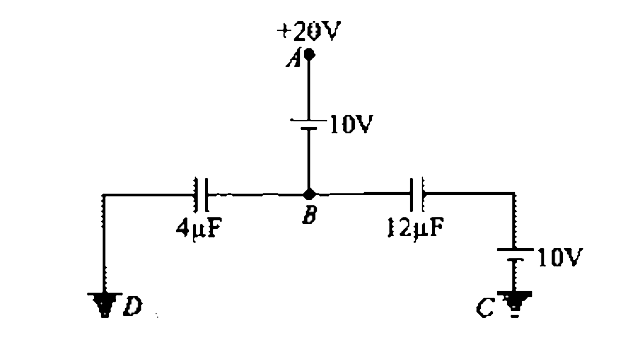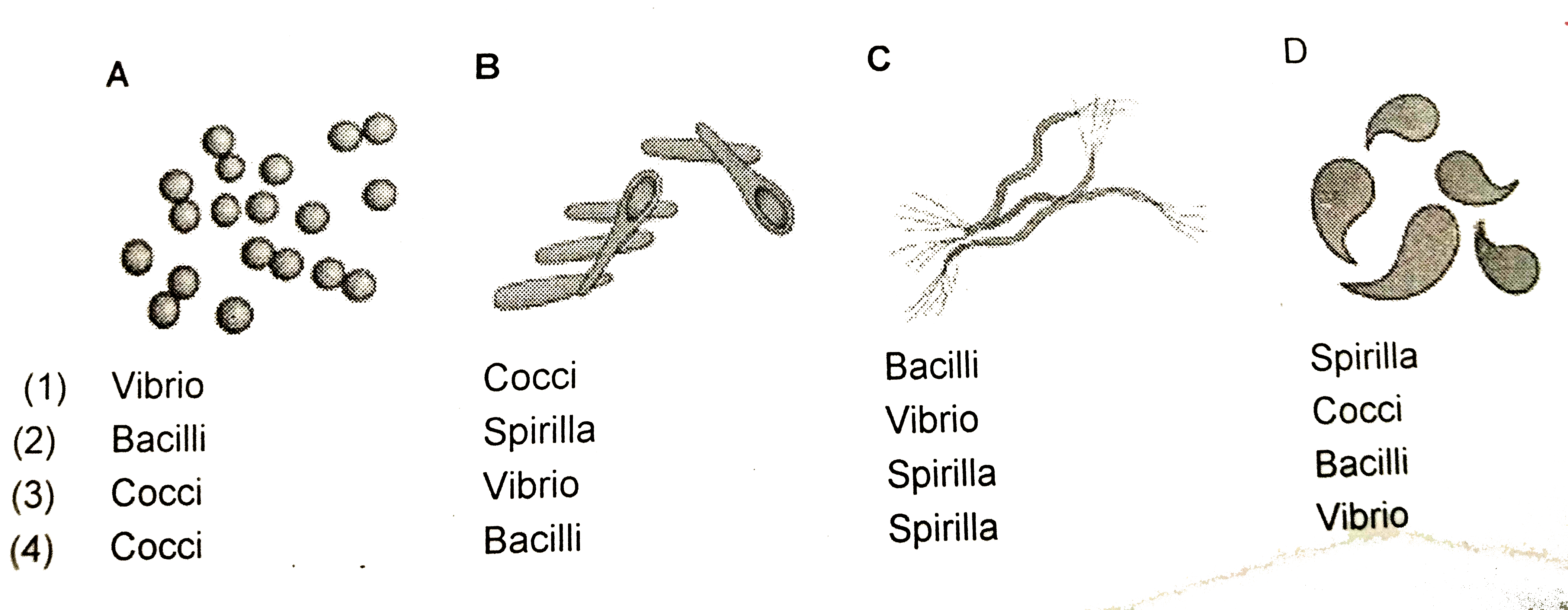Which of the options give below are correct?
ΔHΔSNature of reaction(−)(+)Spontaneous at all temperature
ΔHΔSNature of reaction(+)(−)Nonspontaneous regardless of temperature
ΔHΔSNature of reaction(+)(+)Spontaneous only at high temperature
ΔHΔSNature of reaction(−)(−)Spontaneous only at low temperature
To determine which of the options provided are correct regarding spontaneity based on the Gibbs free energy equation, we will analyze each option step by step.
1. Understanding the Gibbs Free Energy Equation:
The Gibbs free energy (ΔG) is given by the equation:
ΔG=ΔH−TΔS
where:
- ΔG = change in Gibbs free energy
- ΔH = change in enthalpy
- T = temperature (in Kelvin)
- ΔS = change in entropy
A reaction is spontaneous when ΔG < 0.
2. Analyzing Option 1:
- Given: ΔH is negative and ΔS is positive.
- Analysis:
ΔG=ΔH−TΔS
Here, ΔH < 0 and ΔS > 0. Therefore, TΔS is also positive.
Since both terms contribute negatively (ΔH) and positively (TΔS), we have:
ΔG<0(always negative)
- Conclusion: This option is correct; the reaction is spontaneous at all temperatures.
3. Analyzing Option 2:
- Given: ΔH is positive and ΔS is negative.
- Analysis:
ΔG=ΔH−TΔS
Here, ΔH > 0 and ΔS < 0, making TΔS negative.
Thus, we have:
ΔG=(positive)−(negative)=positive
- Conclusion: This option is correct; the reaction is non-spontaneous at all temperatures.
4. Analyzing Option 3:
- Given: ΔH is positive and ΔS is positive.
- Analysis:
ΔG=ΔH−TΔS
Here, both ΔH > 0 and ΔS > 0. At high temperatures, TΔS becomes significant.
Therefore, at high temperatures:
ΔG<0(spontaneous)
- Conclusion: This option is correct; the reaction is spontaneous at high temperatures.
5. Analyzing Option 4:
- Given: ΔH is negative and ΔS is negative.
- Analysis:
ΔG=ΔH−TΔS
Here, ΔH < 0 and ΔS < 0. At low temperatures, TΔS is small.
Thus, we have:
ΔG=(negative)−(small positive)(still negative)
- Conclusion: This option is correct; the reaction is spontaneous at low temperatures.
Final Summary of Options:
- Option 1: Correct (spontaneous at all temperatures)
- Option 2: Correct (non-spontaneous at all temperatures)
- Option 3: Correct (spontaneous at high temperatures)
- Option 4: Correct (spontaneous at low temperatures)
The Gibbs free energy (ΔG) is given by the equation:
ΔG=ΔH−TΔS
where:
- ΔG = change in Gibbs free energy
- ΔH = change in enthalpy
- T = temperature (in Kelvin)
- ΔS = change in entropy
- Given: ΔH is negative and ΔS is positive.
- Analysis:
ΔG=ΔH−TΔS
Here, ΔH < 0 and ΔS > 0. Therefore, TΔS is also positive.
Since both terms contribute negatively (ΔH) and positively (TΔS), we have:
ΔG<0(always negative)
- Conclusion: This option is correct; the reaction is spontaneous at all temperatures.
- Given: ΔH is positive and ΔS is negative.
- Analysis:
ΔG=ΔH−TΔS
Here, ΔH > 0 and ΔS < 0, making TΔS negative.
Thus, we have:
ΔG=(positive)−(negative)=positive
- Conclusion: This option is correct; the reaction is non-spontaneous at all temperatures.
- Given: ΔH is positive and ΔS is positive.
- Analysis:
ΔG=ΔH−TΔS
Here, both ΔH > 0 and ΔS > 0. At high temperatures, TΔS becomes significant.
Therefore, at high temperatures:
ΔG<0(spontaneous)
- Conclusion: This option is correct; the reaction is spontaneous at high temperatures.
- Given: ΔH is negative and ΔS is negative.
- Analysis:
ΔG=ΔH−TΔS
Here, ΔH < 0 and ΔS < 0. At low temperatures, TΔS is small.
Thus, we have:
ΔG=(negative)−(small positive)(still negative)
- Conclusion: This option is correct; the reaction is spontaneous at low temperatures.
- Option 1: Correct (spontaneous at all temperatures)
- Option 2: Correct (non-spontaneous at all temperatures)
- Option 3: Correct (spontaneous at high temperatures)
- Option 4: Correct (spontaneous at low temperatures)
Topper's Solved these Questions
- THERMODYNAMICSBook:CENGAGE CHEMISTRYChapter:THERMODYNAMICSExercise:Exercises (Single Correct)
Explore 62 Videos
- THERMODYNAMICSBook:CENGAGE CHEMISTRYChapter:THERMODYNAMICSExercise:Exercises (Assertion-Reasoning)
Explore 23 Videos
- THERMODYNAMICSBook:CENGAGE CHEMISTRYChapter:THERMODYNAMICSExercise:Exercises (Linked Comprehension)
Explore 74 Videos
- STOICHIOMETRYBook:CENGAGE CHEMISTRYChapter:STOICHIOMETRYExercise:Archives Subjective
Explore 33 Videos
Similar Questions
Knowledge Check
The diagram of a virus is givem below. In which of the options. A, B and C are correct ?
 AABCRNAProteinHIVBABCRNALipidTobacco Mosaic VirusCABCDNACapsidTobacco Mosaic VirusDABCRNACapsidTobacco Mosaic Virus
AABCRNAProteinHIVBABCRNALipidTobacco Mosaic VirusCABCDNACapsidTobacco Mosaic VirusDABCRNACapsidTobacco Mosaic VirusFor the circuit shown in figure, which of the below options given is/are correct:
 AThe charge on the 12μF capacitor is zeroBThe charge on the 12μF capacitor is 30μCCThe charge on thhe 4μF capacitor is 30μCDNone of these
AThe charge on the 12μF capacitor is zeroBThe charge on the 12μF capacitor is 30μCCThe charge on thhe 4μF capacitor is 30μCDNone of theseWhich of the following options give the correct categorisation ?
 A1B2C3D4
A1B2C3D4
In each of the questions given below a sentence is given which is divided into 5 parts. Out of the given 5 parts, one is grammatically correct and the rest are not. It is then followed by 5 options which give one of the options as a correct one. Choose the option which is grammatically correct. If all the parts are grammatically correct then answer according to the options given below.
The Secretary have every (A)/ intention of staying (B)/ because the critical (C)/ progress making (D)/ of national security (E).
View SolutionIn each of the questions given below a sentence is given which is divided into 5 parts. Out of the given 5 parts, one is grammatically correct and the rest are not. It is then followed by 5 options which give one of the options as a correct one. Choose the option which is grammatically correct. If all the parts are grammatically correct then answer according to the options given below.
They are complicited in this (A)/ violent by their deliberate negligence, (B)/ to saying the least, if not (C)/ active support, by not come (D)/ to the rescue of Muslims in a timely manner (E).
View SolutionIn each of the questions given below a sentence is given which is divided into 5 parts. Out of the given 5 parts, one is grammatically correct and the rest are not. It is then followed by 5 options which gives one of the option as a correct one. Choose the option which is grammatically correct. If all the parts are grammatically correct then answer according to the options given below.
Here, we come (A)/ across an huge cattle-fair (B)/, there bullocks (C)/ and buffaloes are (D)/ being auctioned (E).
View SolutionIn each of the questions given below a sentence is given which is divided into 5 parts. Out of the given 5 parts, one is grammatically correct and the rest are not. It is then followed by 5 options which gives one of the option as a correct one. Choose the option which is grammatically correct. If all the parts are grammatically correct then answer according to the options given below.
Minor irregularities on the road are soaking (A)/ up quite admirable by (B)/ the suspension, though the (C)/ diesel clatter do come into (D)/ the cabin of times (E).
View SolutionIn each of the questions given below a sentence is given which is divided into 5 parts. Out of the given 5 parts, one is grammatically correct and the rest are not. It is then followed by 5 options which gives one of the option as a correct one. Choose the option which is grammatically correct. If all the parts are grammatically correct then answer according to the options given below.
On Tuesday, airport operations returning (A)/ to normally, while the wreckage of the (B)/ crashed aircraft laid near (C)/ the runway, guarding (D)/ by security personnel (E).
View Solution